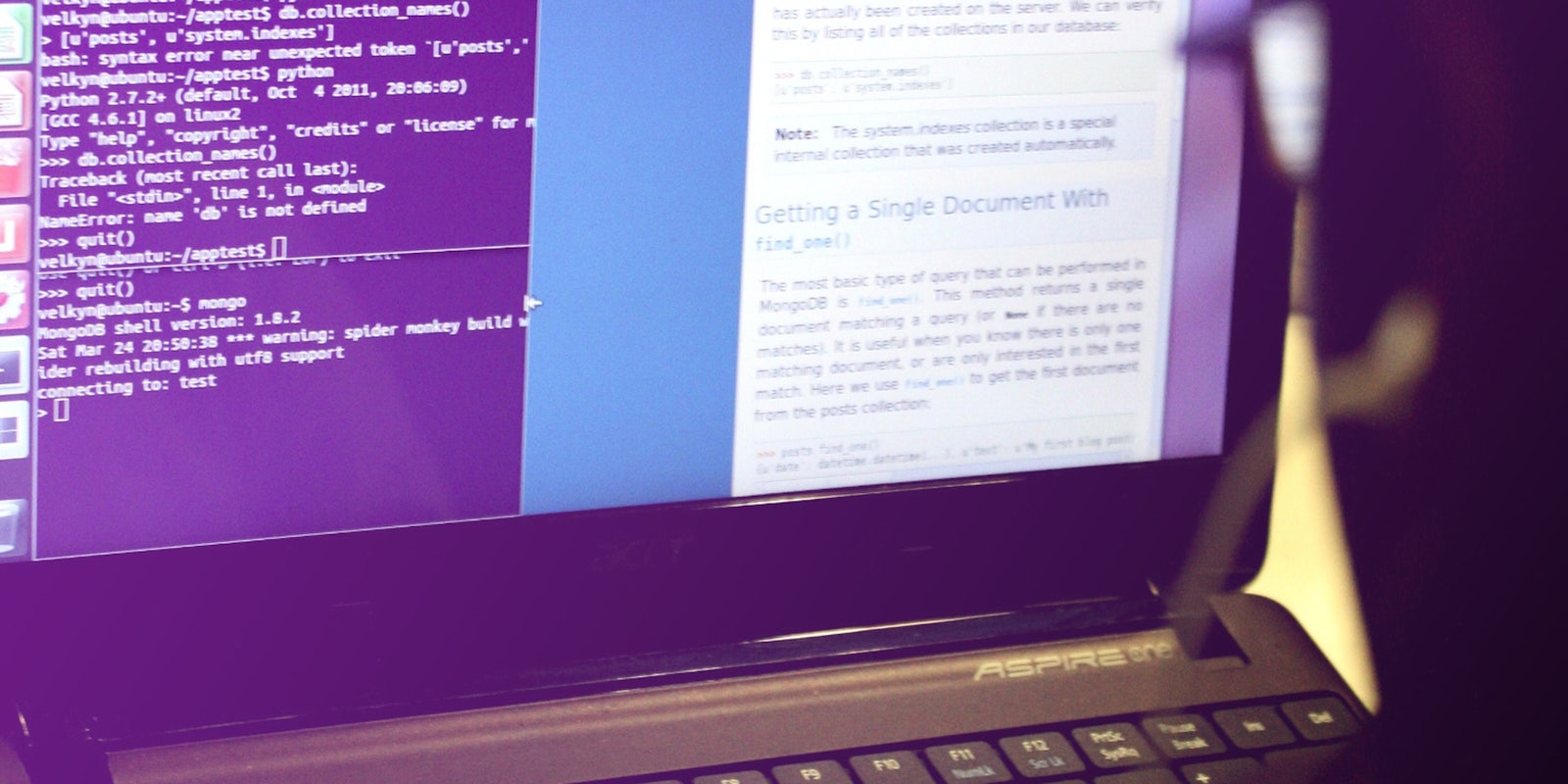When Ahmed Mohamed, a 14-year-old Irving, Texas, high school student was arrested for bringing a homemade clock to school, it outraged Silicon Valley.
The blatant racism caused his story to go viral across the Web, even prompting President Obama to tweet out an invitation to come to the White House. Major tech players followed suit, including Facebook CEO Mark Zuckerberg, who invited him to the company’s headquarters; Box CEO Aaron Levie, who extended a similar invitation, and Twitter‘s main Twitter account, which offered an internship.
Ahmed, I know you’ve been invited to the White House and Facebook. But, we both know you’re enterprise software guy at heart. Come by Box!
— Aaron Levie (@levie) September 16, 2015
https://twitter.com/twitter/status/644261776146632704
While the outpouring of support for Mohamed from people everywhere in the maker and tech communities makes me happy and proud to be among them, companies latching on to his story and inviting him to join them at their offices seems a little disingenuous. As at least one person described on Twitter, it almost feels like a race to offer him something.
Mohamed is a brilliant student of color, and in the future, a potential employee at a tech company like Facebook or Twitter or Box. And he could be an inspiration to his teenage peers when they see photos of him shaking hands with tech giants.
But if he does end up working for these Silicon Valley tech companies, he would be part of a workforce that is overwhelmingly white, especially within technical teams.
Tech companies inviting one student to come hang out with them after he was arrested and suspended for his ingenuity is wonderful—but where is their support for other underrepresented groups in technology battling stereotypes, discrimination, and racism in the industry itself?
PR savvy notwithstanding, if these companies really wanted to make a difference and show people that intelligence and creativity is a valued skill from people from all walks of life, they should invite more makers from underrepresented communities into their offices and hire them.
In Silicon Valley, companies are not diverse, and the push to hire more women and people of color is underscored by diversity statistics these companies have begun to publish, which universally feature pie charts and bar graphs with a one-color majority. Companies are making great strides to hire women and people of color—or they’re throwing money at the problem at least—but those efforts are not yet reflected by data or the tech culture itself.
At Facebook, 73 percent of the company’s leadership is white. Twitter‘s leadership is 72 percent white. These imbalanced numbers look even worse when examining underrepresented ethnicities.
Hopefully by the time Mohamed is old enough to be a software engineer at a major tech company, these workforces will accurately reflect the diversity of the communities they serve—in most cases, the diversity of the world, at global scale.
In the meantime, there are makers like Mohamed (both in the pipeline, and in the workforce!) who would love to get hired by a Zuckerberg or a Levie.
It’s just a matter of inviting them, too.
Photo via hackNY/flickr (CC BY 2.0) | Remix by Max Fleishman


